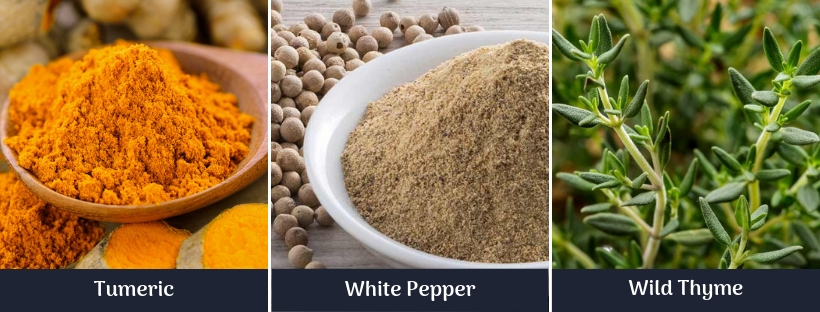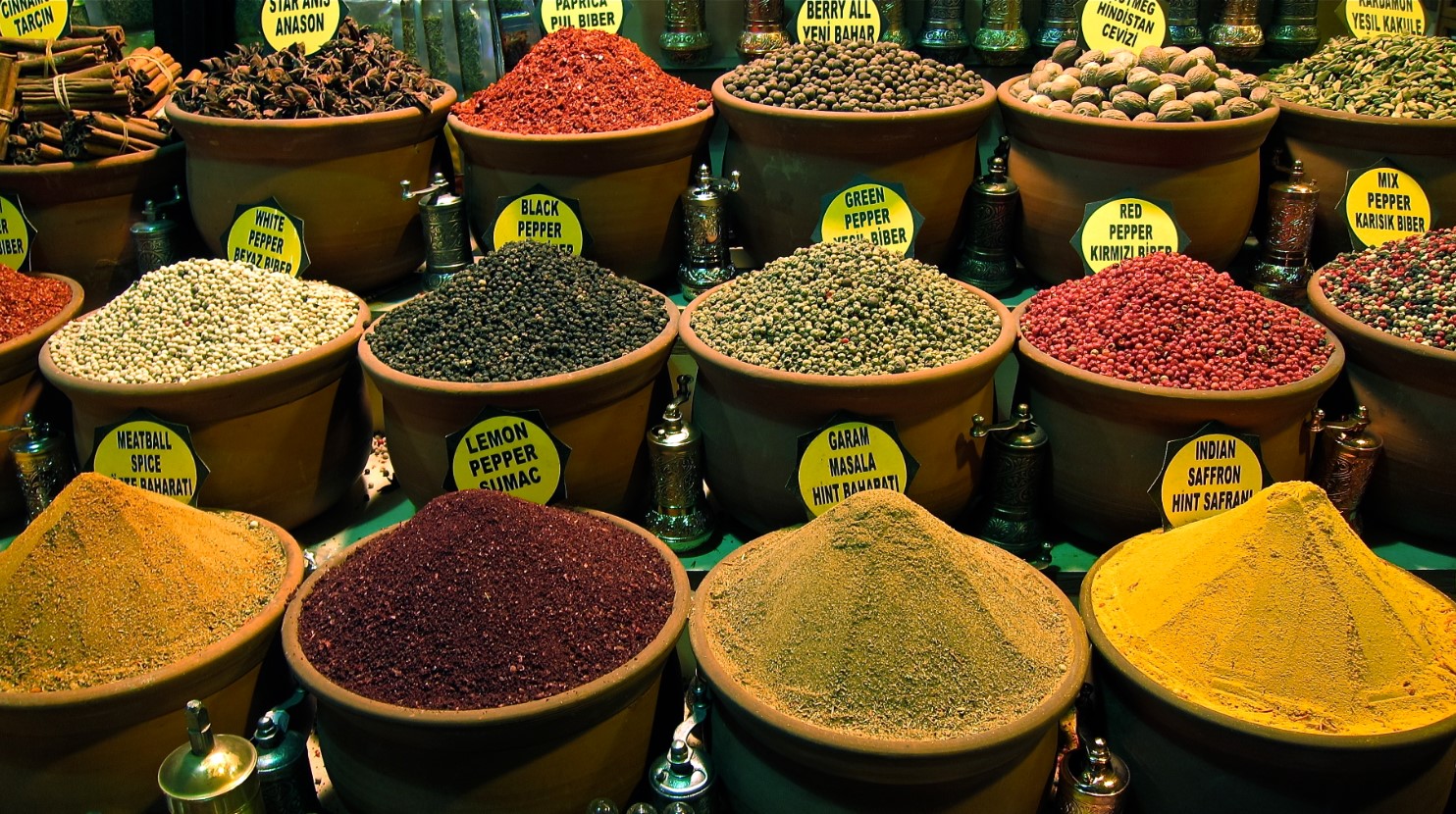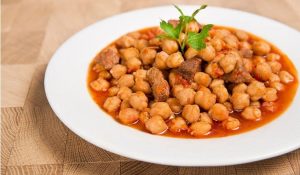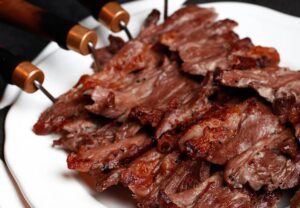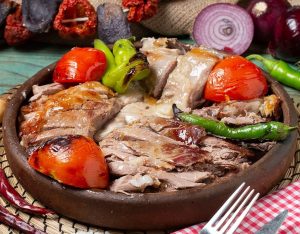Spices are the Key Stones of both Turkish and Ottoman Cuisine. Thanks to Mother Nature that it gifted the Anatolian and Mesopotamian soils with a variety of spices and herbs. For thousands of years, we Turks know how to use different spices and herbs together with various food types.
As you know, Chinese and Indian cuisines are very popular around the globe with their variety of spices and herbs. On the other hand, Turkish cuisine is popular with its unique Turkish spices and Turkish herbs too. It is because we are surrounded by 3 seas and we have 4 seasons in Turkey. This gives us a huge advantage to cultivate a variety of different spices. You know the proverb ‘Geography is destiny’ and this explains why Turkish cuisine is so amazing.
In my opinion, using spices during cooking is much like playing with chemicals in a chemistry lab. If you don’t know what you are doing, you may ruin the dish. So, using a variety of spices together in the same dish needs expertise and, I believe, this is where a good chef and a chef distinguished. In Turkey, we use not only local Turkish spices, but also we use other cultures’ spices too. At below, you can see the list of the spices and herb varieties that we use in our amazing Turkish cuisine.
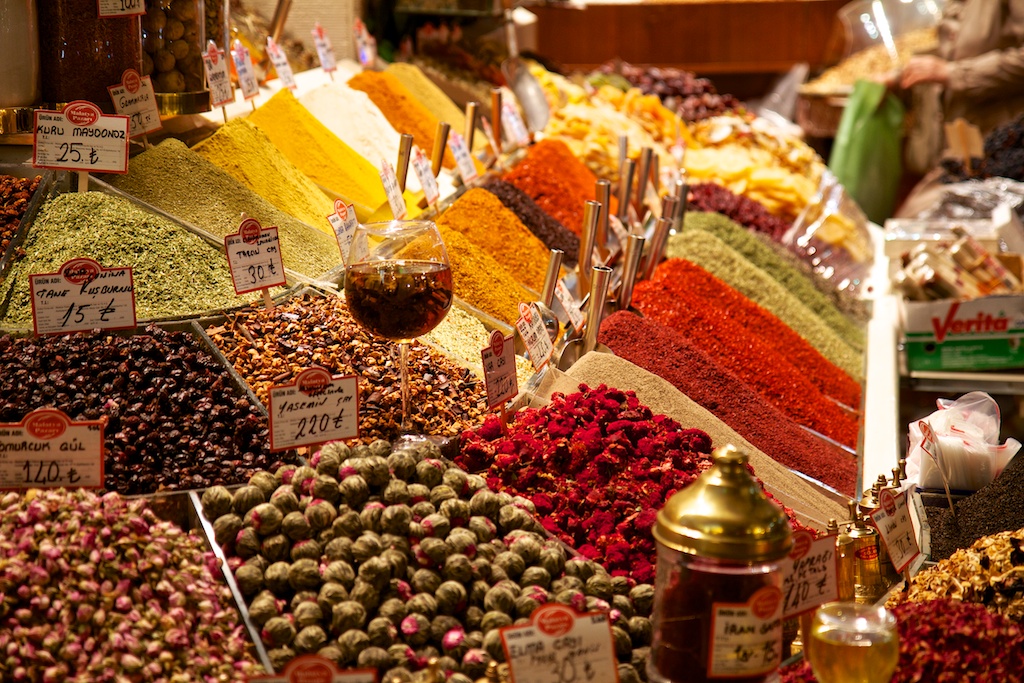
SPICES & HERBS
A
- Allspice (Yenibahar): Allspice is one of the most important ingredients of Caribbean cuisine. Allspice is the dried fruit of the Pimenta dioica plant. We use it making meat dishes, meat balls and various dolma types.
- Anise (Anason):It is a flowering plant in the family Apiaceae and native to the eastern Mediterranean region and Southwest Asia. We use to give flavor to food and alcoholic drinks. Our national drink Rakı is made of Anise.
- Arugula (Roka): Arugula or rocket is an edible annual plant in the family Brassicaceae used as a leaf vegetable for its fresh peppery flavor. It is good for garnishing.
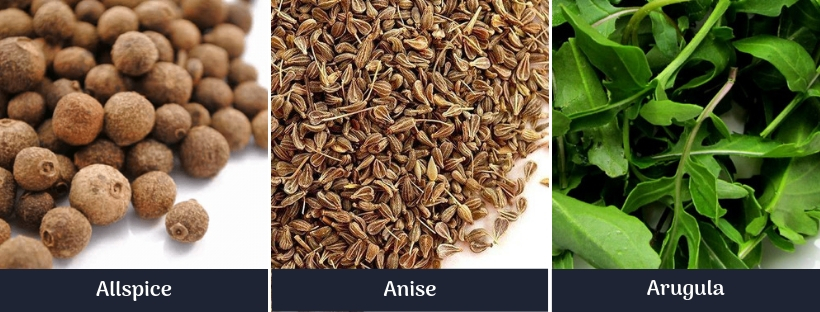
B
- Basil (Frenk Fesleğeni): Basil is native to tropical regions from central Africa to Southeast Asia. It is good for eggplant dishes.
- Bay Leaf (Defne): If eaten whole, bay leaves are pungent and have a sharp, bitter taste. When dried, the fragrance is herbal, slightly floral, and somewhat similar to oregano and thyme. We use it in some kebab varieties and in pickle making.
- Black Pepper (Karabiber): Black pepper is produced from the still-green, unripe drupes of the pepper plant. The dried black fruits of black pepper give a fragrance and heat to the dishes. We use Black Pepper at almost any dish in Turkish cuisine.
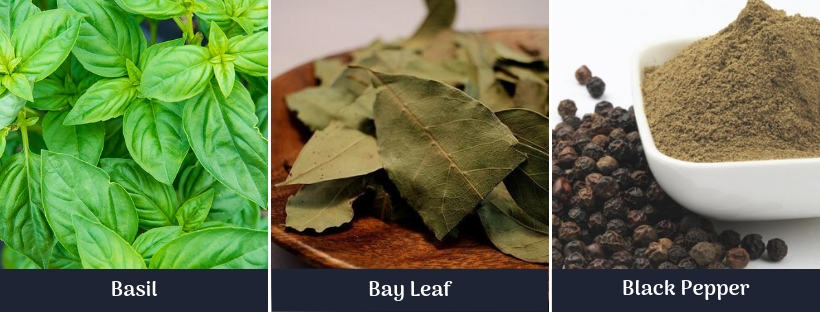
C
- Cardamom (Kakule): Cardamom, sometimes cardamon or cardamum, is a spice made from the seeds of several plants in the genera Elettaria and Amomum in the family Zingiberaceae. We use in some dessert varieties.
- Cinnamon (Tarçın): Cinnamon is a spice obtained from the inner bark of several tree species from the genus Cinnamomum. We use it in pastries, cakes and cookies as well as sprinkled on drinks such as boza and salep.
- Cloves (Karanfil): They are native to the Maluku Islands in Indonesia, and are commonly used as a spice. It is best for making compotes, syrups, cakes, ice creams and certain stews.
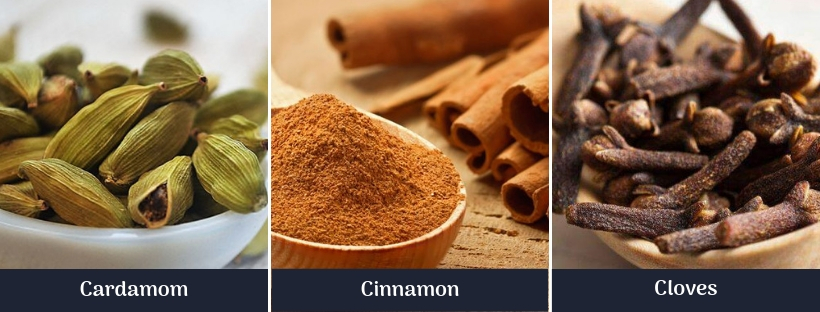
- Cress (Tere): Garden cress is genetically related to watercress and mustard, sharing their peppery, tangy flavor and aroma.
- Cumin (Kimyon): Cumin is a flowering plant in the family Apiaceae, native to a territory including the Middle East and stretching east to India. We prefer to use it in making Turkish meat balls. It helps to eliminate the smell of uncooked meat.
- Coriander – Cilantro (Kişniş): Coriander, also known as cilantro or Chinese parsley, is an annual herb in the family Apiaceae. All parts of the plant are edible, but the fresh leaves and the dried seeds are the parts most traditionally used in cooking. We add it to soups and salads.
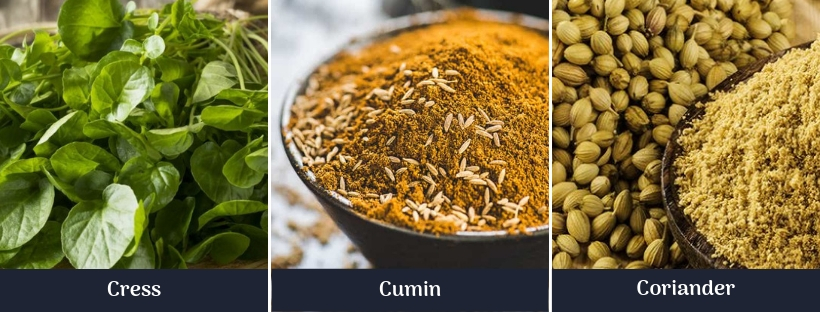
- Curly Parsley (Frenk Maydonozu): It is a species of flowering plant in the family Apiaceae, native to the central Mediterranean region, naturalized elsewhere in Europe.
- Currants (Kuşüzümü): It is native to temperate parts of central and northern Europe and northern Asia. We use it in pilaf, dolma fillings and certain sweets.
- Curry Powder (Köri): Most curry powder recipes include coriander, turmeric, cumin, fenugreek, and chili peppers in their blends.
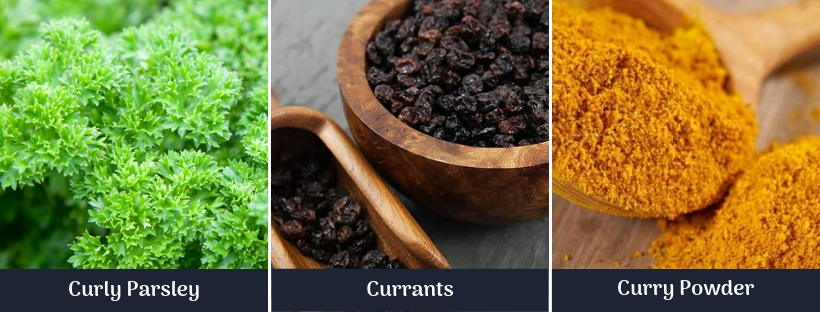
D
- Dill (Dereotu):Dill is an annual herb in the celery family Apiaceae. It is the only species in the genus Anethum. We use Dill in salads and mezes.
F
- Fennel (Rezene):Fennel is a flowering plant species in the carrot family. It is a hardy, perennial herb with yellow flowers and feathery leaves. We love to drink fennel tea.
- Fenugreek (Çemen Otu):Fenugreek is an annual plant in the family Fabaceae, with leaves consisting of three small obovate to oblong leaflets. Its seeds and leaves are common in pickle making.
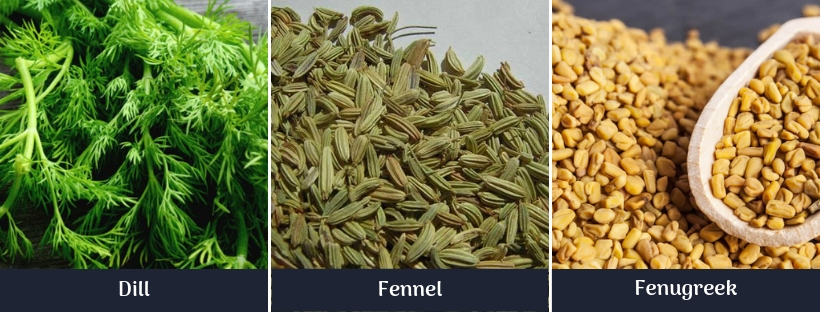
G
- Ginger (Zencefil): Ginger is a flowering plant whose rhizome, ginger root or ginger, is widely used as a spice and a folk medicine. We love to use Ginger at meat dishes and soups.
M
- Marjoram (Mercanköşk): It is very similar plant to wild thyme. It is a somewhat cold-sensitive perennial herb or undershrub with sweet pine and citrus flavors. It gives soft flavour at meat dishes and salads.
- Mint (Nane):It is one of the most beloved spices of Turkish cuisine. We use it at meat dish toppings, salads, yogurt dishes, soups and vegetable dishes.
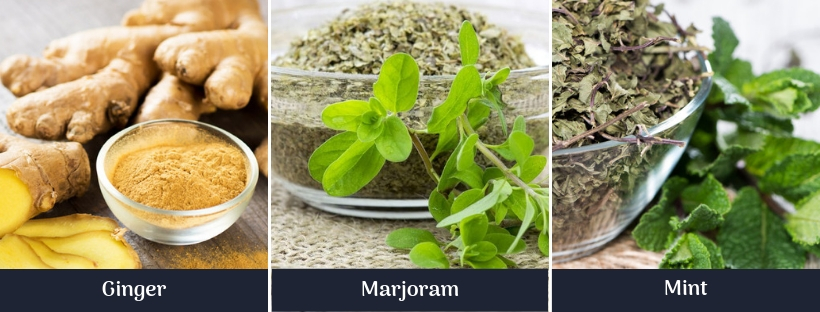
P
- Parsley (Maydonoz):We use it in salads and for garnishing more than curly parsley. In Turkey, many dishes are served with fresh green chopped parsley sprinkled on top. We love to use it in wrap foods also such as Çiğ Köfte.
- Pine Nuts (Çam Fıstığı):Pine nuts, also called piñón or pinoli, are the edible seeds of pines. These small nuts are extracted from the cones of a species of pine and used in all stuffed dishes such as Stuffed Grape Leaves.
- Poppy Seeds (Haşhaş Tohumu):Poppy seed is an oilseed obtained from the poppy. We mostly use them for baking toppings.
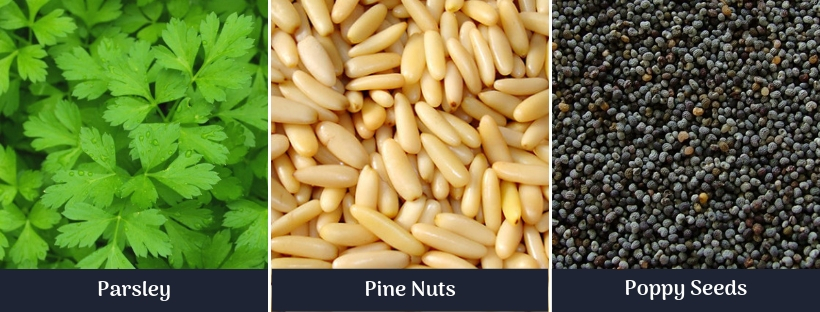
R
- Red Hot Pepper Flakes (Pul Biber): It is known as the Aleppo pepper. We use it after it is semi-dried and de-seeded, then crushed or coarsely ground. It is by far the most beloved spice of Turkey. We use it mostly in kebabs such as Adana Kebab and I myself like to use it at every meal.
- Red Sweet Pepper (Toz Biber): Obtained by grinding sweet red peppers. We use it mostly in powdered form.
- Rosemary (Biberiye): It is native to the Mediterranean region. It is a member of the mint family Lamiaceae, which includes many other herbs. The narrow, thick needle alike leaves widely use in meat dishes and sauces.
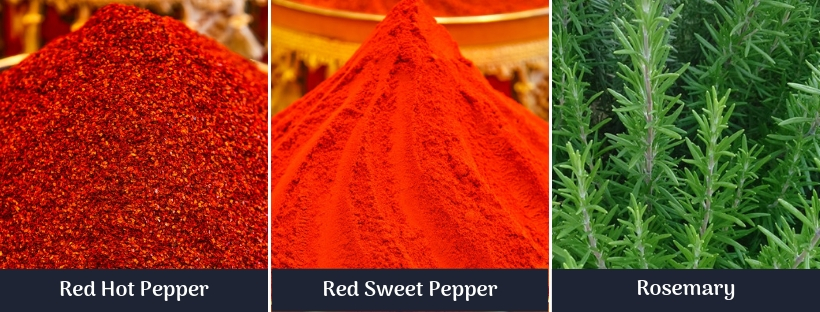
S
- Saffron (Safran): Saffron is thethe flower of Crocus sativus. We like to use Saffron at soups. It mostly grows in Northern Anatolia Region of Turkey.
- Sesame (Susam): Sesame is a flowering plant in the genus Sesamum. Turkey is the biggest market for Sesame seed producers because we use Sesame seeds for Simit topping.
- Sumac (Sumak):This spice is made from the ground berries of a small tree which grows in Southeast Anatolia. It has a sour flavor and widely use in kebabs and some salads.
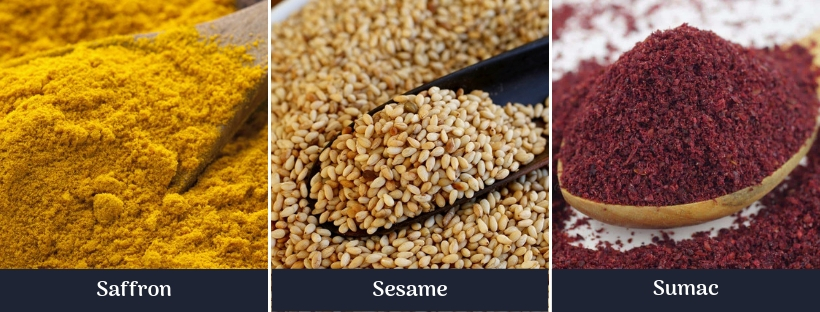
T
- Turmeric (Zerdeçal): Turmeric is a flowering plant of the ginger family and we like to use it in meat, fish and egg dishes.
W
- White Pepper (Beyaz Toz Biber): This is ground hulled black pepper and it has more pungent aroma and lighter flavor than black pepper. We like to use it in meat dishes.
- Wild Thyme (Kekik): It grows throughout the Anatolia Region. We use it at grilled meats, vegetables and fish.
